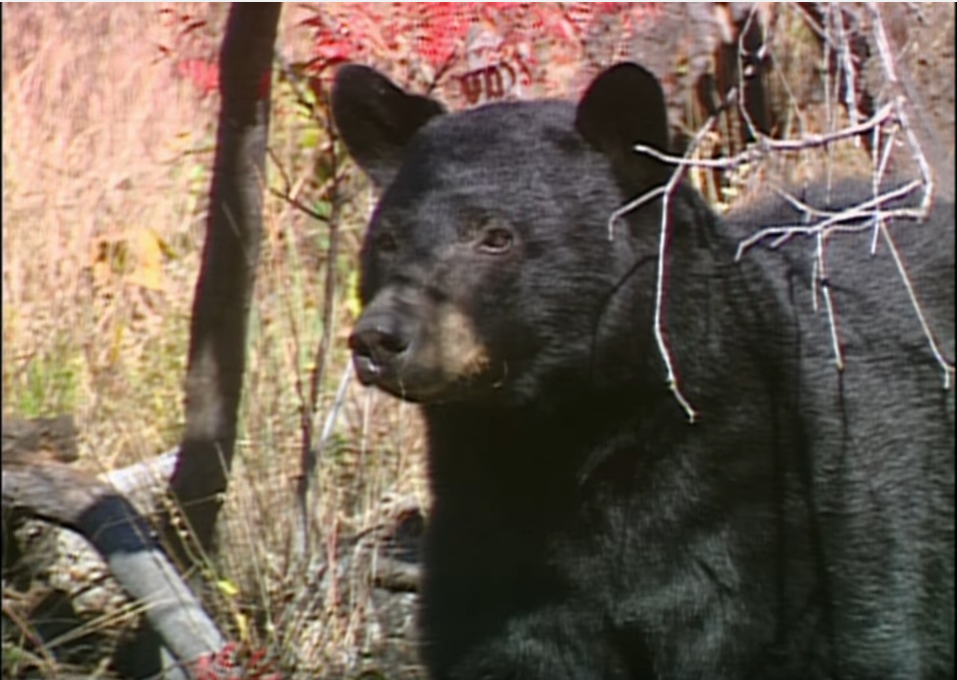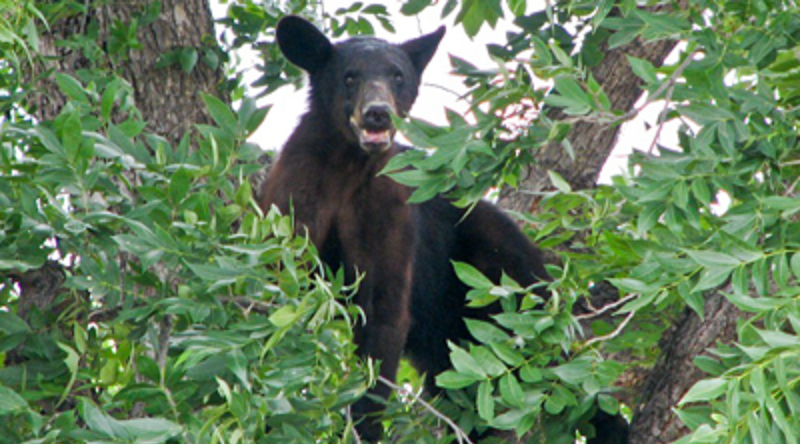Stay Calm and Carry on — It’s Only a Black Bear
Wednesday, March 22nd, 2017This is Passport to Texas
Black bear are threatened in Texas. And what might their biggest threat be?
That really is people.
Nobody intentionally threatens them, of course. But Texas Parks and Wildlife Mammologist Jonah Evans says because the black bear population is sparse across the state, we don’t know how to behave…when our paths do cross.
What we can be doing is working to make Texas a friendly place for bears to live, by educating people how to live with bears, so that bears do not become a nuisance. And to teach people that bears are not the big, scary animals that they think they are. They are relatively safe compared to domestic dogs, for example.
One way bears become a nuisance is when they associate people with food, and get into “trouble.”
We did have that happen in 2011 when all those bears were here. We had a number of bears get in trouble. They got used to getting into trash cans. Once a bear learns that people equal food, it’s really hard to teach it otherwise. That particular bear, we relocated it, and it immediately got into trouble again, so we had to trap it. And it’s living out the rest of its days in the Gladys Porter Zoo in Brownsville.
Jonah Evans says Texas Parks and Wildlife’s goal is to ensure all wildlife lives a wild life. If you see a bear, contact your local Texas Parks and Wildlife office.
The Wildlife Restoration Program program supports our series and funds diverse conservation projects in Texas.
For Texas Parks and Wildlife, I’m Cecilia Nasti.





 Passport to Texas is a
Passport to Texas is a  Passport to Texas is made available by:
Passport to Texas is made available by: